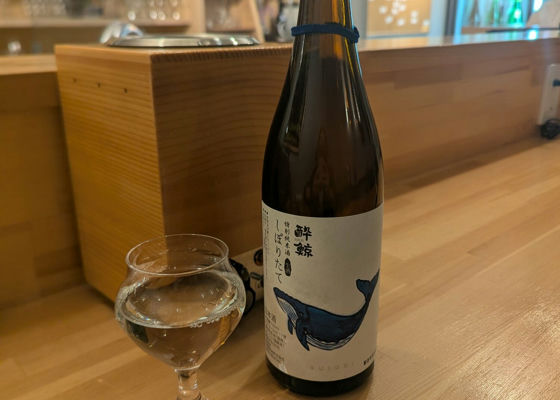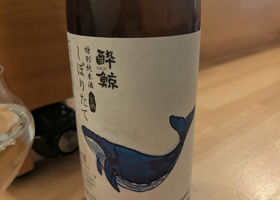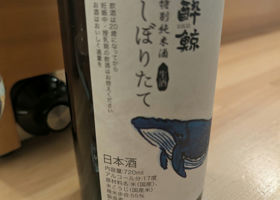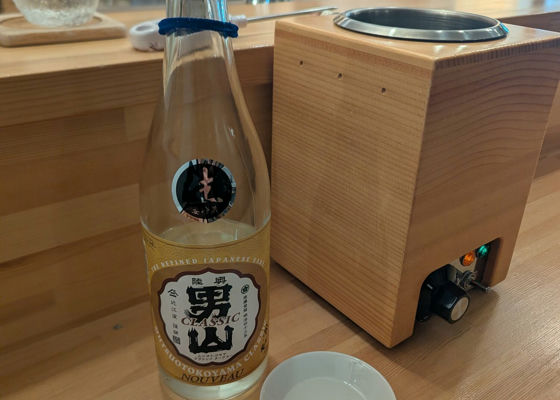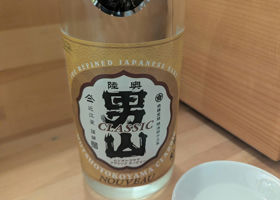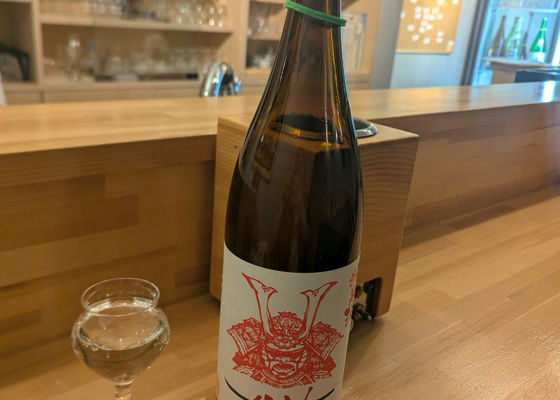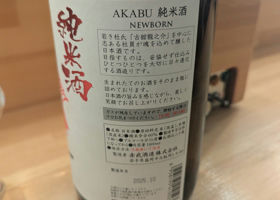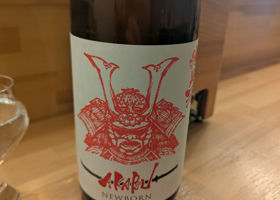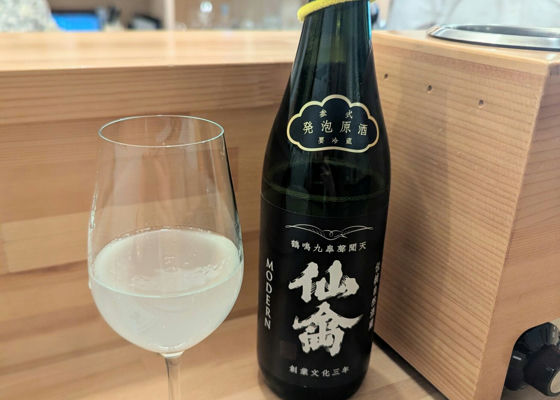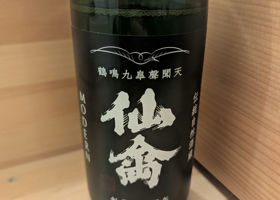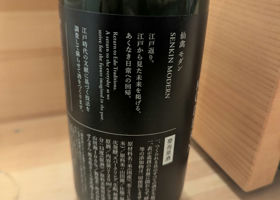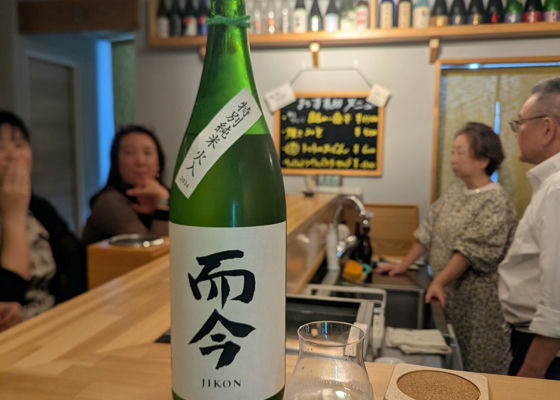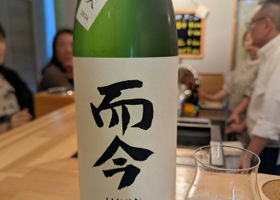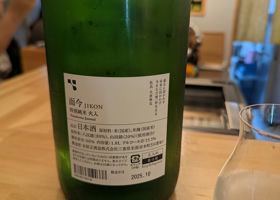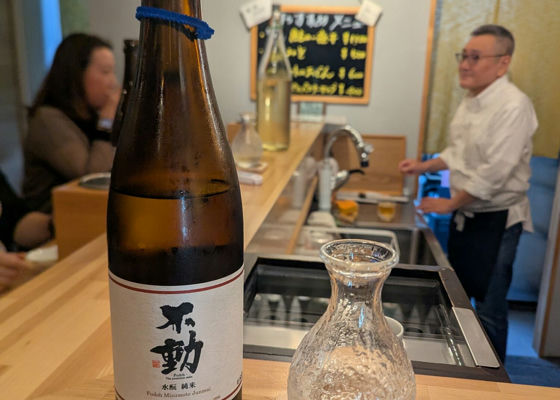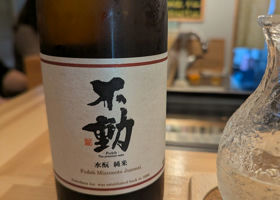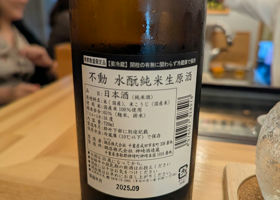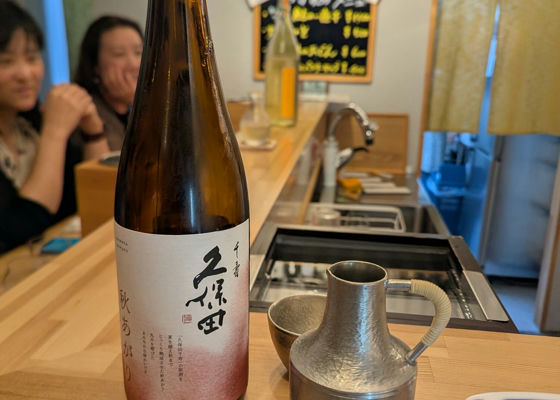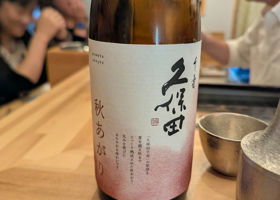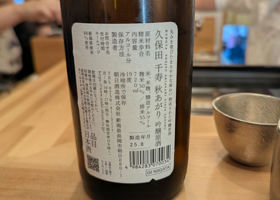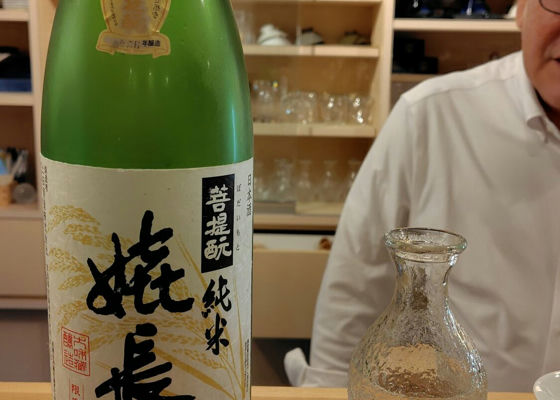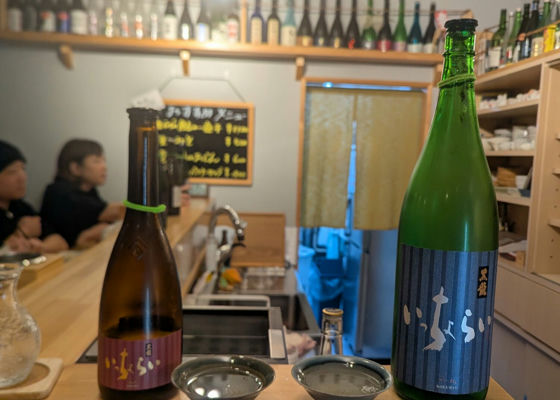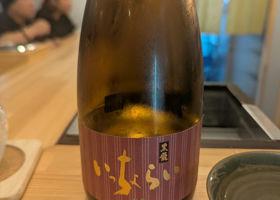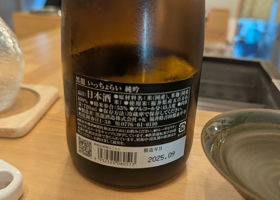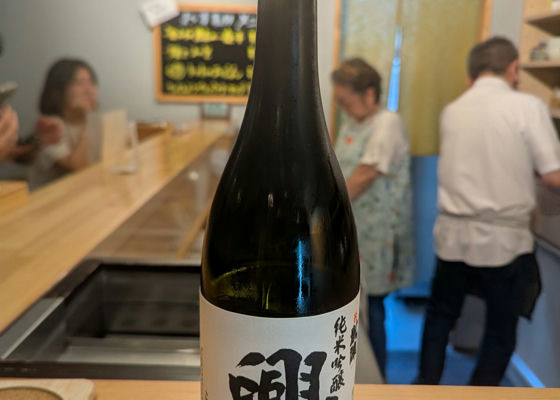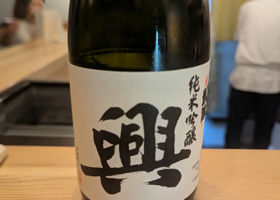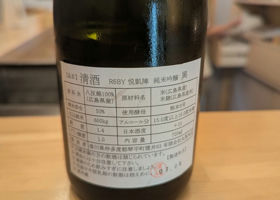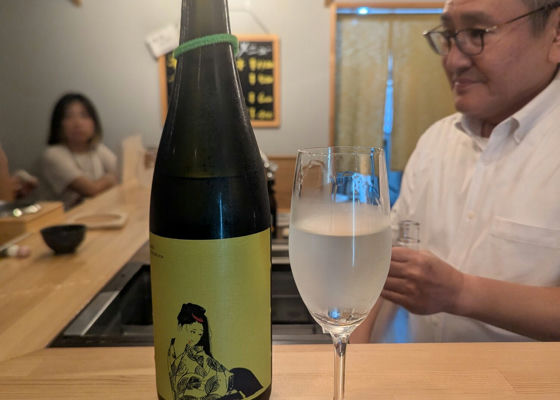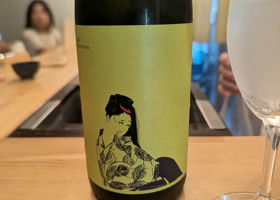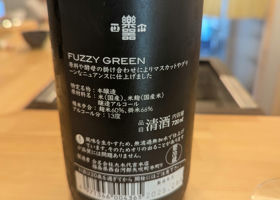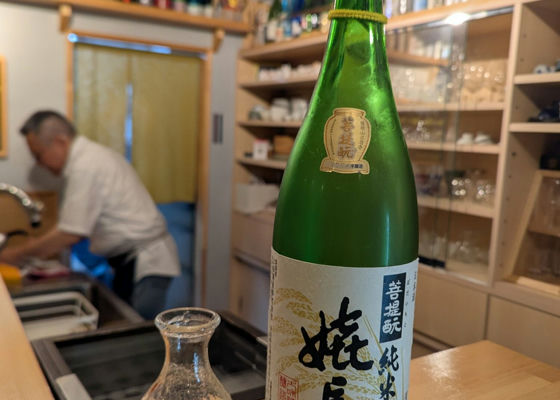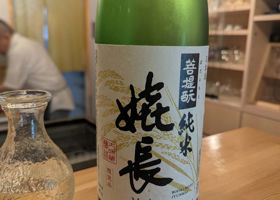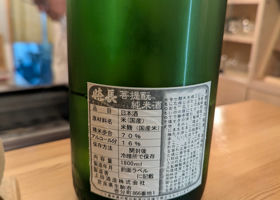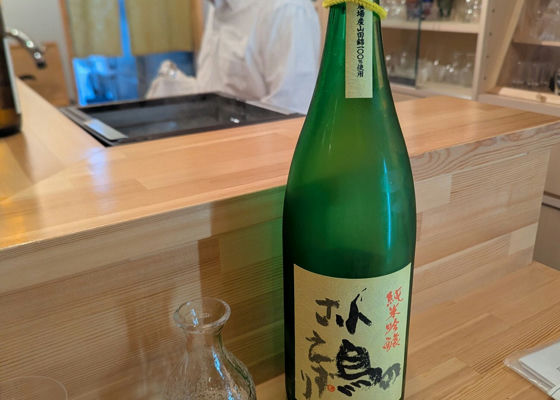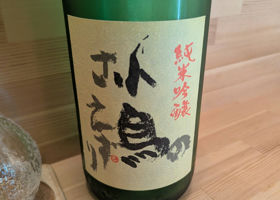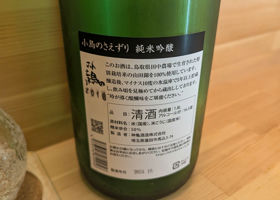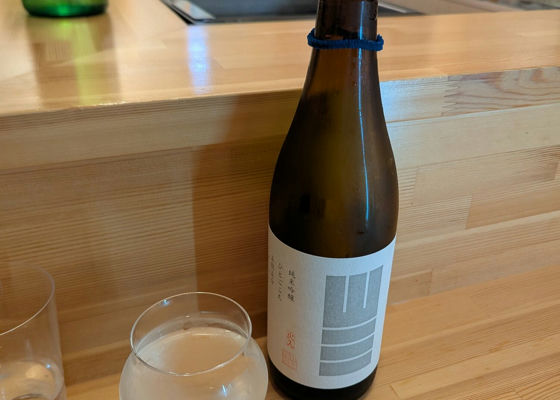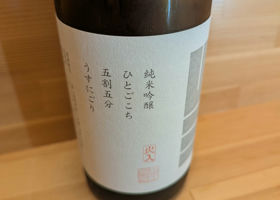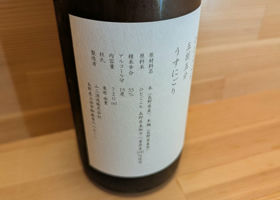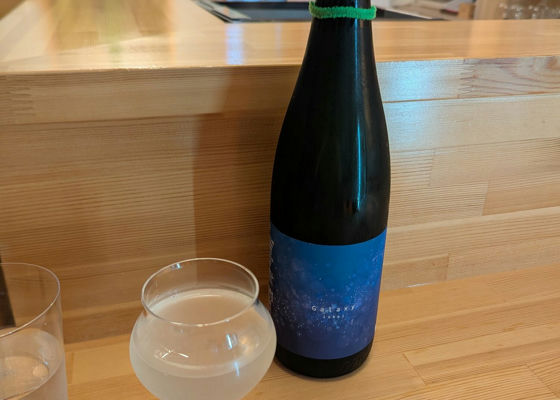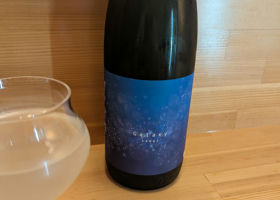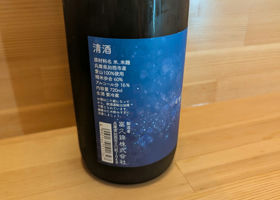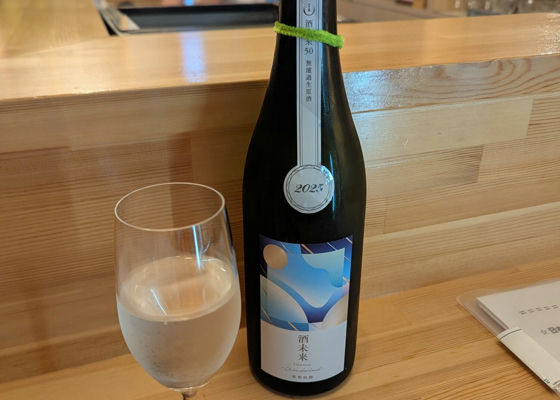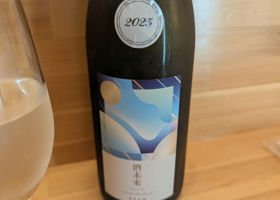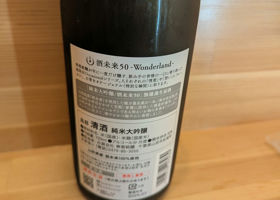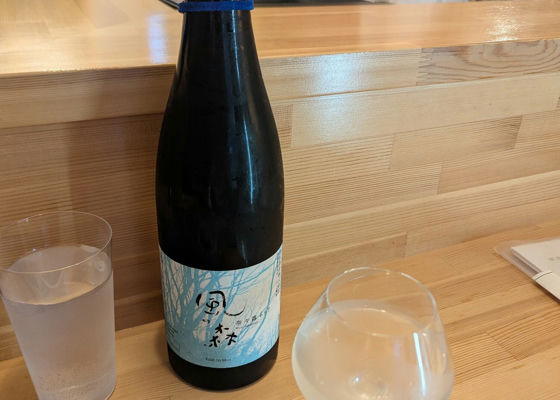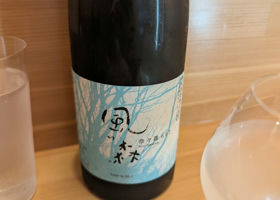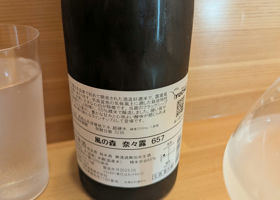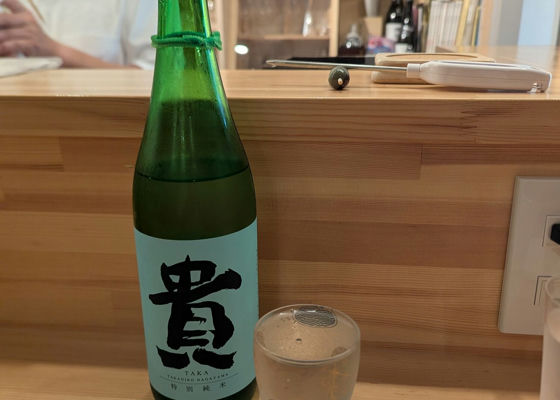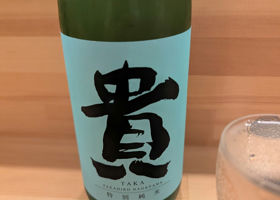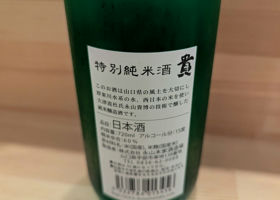Timeline
南十字輝6/10
This is also a new sake.
It has a freshness of drunken whale.
The dry finish is as expected of a drunken whale.
The taste is as expected. 南十字輝7/10
I wonder if this one will be a new sake honjozo.
Surprisingly, it is a vinegar-iso type with a strong aroma.
It has a sweet and refreshing taste. 南十字輝7/10
NEW BORN is always delicious every year.
It has a light taste, but it's well-balanced. 南十字輝6/10
I wonder if "san-shiki" means foam.
Sentori is getting more and more Eva-like. 南十字輝8/10
After the warmed sake, I drank Jikin, which I don't understand.
The Senju sake was too much for me to drink, and that was the end of the day.
I don't need to tell you how good it tasted. 南十字輝6/10
Unshakeable mizu-hashiroku type.
Strong acidity.
I had it warmed up, but I didn't like it if the temperature was too high.
I would prefer it at a little over 40 degrees Celsius. 南十字輝6/10
Senju's Autumn Agari.
I drank it for the first time in a while and got drunk even though it was the first glass. Is it because it was the first drink?
It has a strong umami flavor. 南十字輝7/10
It's Junmai Ichirai! Oh, man!
It was delicious! It was good, but it's a little different when you drink it with Ichikyorai's mouth. 南十字輝6/10
Easy-drinking sake despite being a kaijin.
I don't say "This is not a kaijin", but I thought "It doesn't have to be this one! I don't say that, but I thought that it doesn't have to be this one. 南十字輝7/10
First drink of the day after a long day at work.
Refreshing, fruity and soothing.
It's amazing that this is a real brew. 南十字輝7/10
I was even more excited to drink heated sake.
It's delicious at room temperature, or even at a solid 50 degrees.
I probably drink heated sake every time I come to this place. 南十字輝9/10
This restaurant offers heated sake at different temperatures, and sometimes they serve this kind of insanely delicious heated sake.
Shinkame's Kotori no Sagiri is ice-aged sake. Even so, it's still in the 3,000 yen range, so it's very conscientious.
The Shinkame-ness is just a little bit in the back of the bottle.
It tasted good at 40 to 45 degrees Celsius, and it was also good when it was cooled down a little to human body temperature.
I want to drink it at home. 南十字輝7/10
A light nigori sake from Yamazan.
It was an easy-drinking sake with a fruity aroma and sweetness.
It has a common taste, but it is well-balanced, so you can keep drinking it without getting bored. Junsei愛山 Galaxy label純米吟醸生酛生酒おりがらみ 南十字輝7/10
Tomihisa Nishiki pure blue.
The flavor is rich and thick, as if it were orikara-mi.
The umami of the rice can be felt well.
It was quite an elegant sake with a sweetness similar to that of Aizan. 南十字輝7/10
Sake Mirai of Kangiku is sure to be delicious.
Was there one last year? This is my first time to drink it.
The soft sweetness and gorgeous aroma are irresistible.
It tastes like it has been made clearer with its chrysanthemum-like flavor. 南十字輝6/10
Kaze no Mori is made from Nara Prefecture's new sake rice, Nanaro. I think I drank it for the first time.
It had a softly sweet aroma but was refreshing and somewhat dry. 南十字輝6/10
A standard sake of Ki.
It has acidity and a strong umami taste.
At this point, I was on my 6th glass, so I was pretty exhausted.
After this, we closed the restaurant and went to karaoke together.
What kind of night was this? RecommendedContentsSectionView.title
